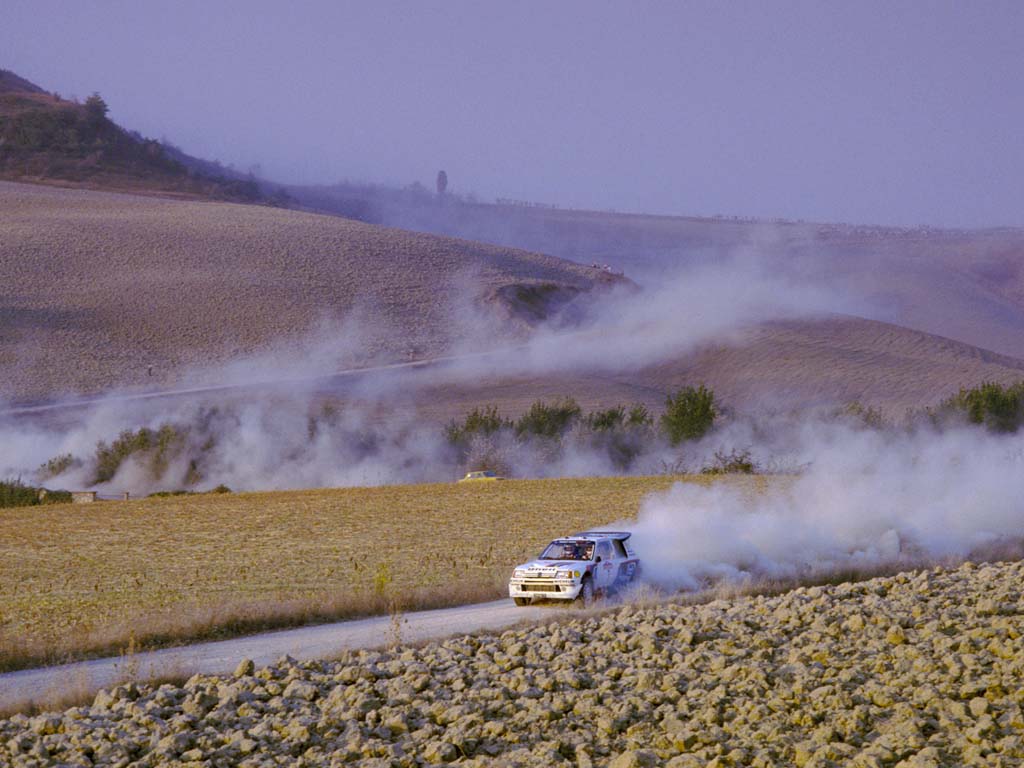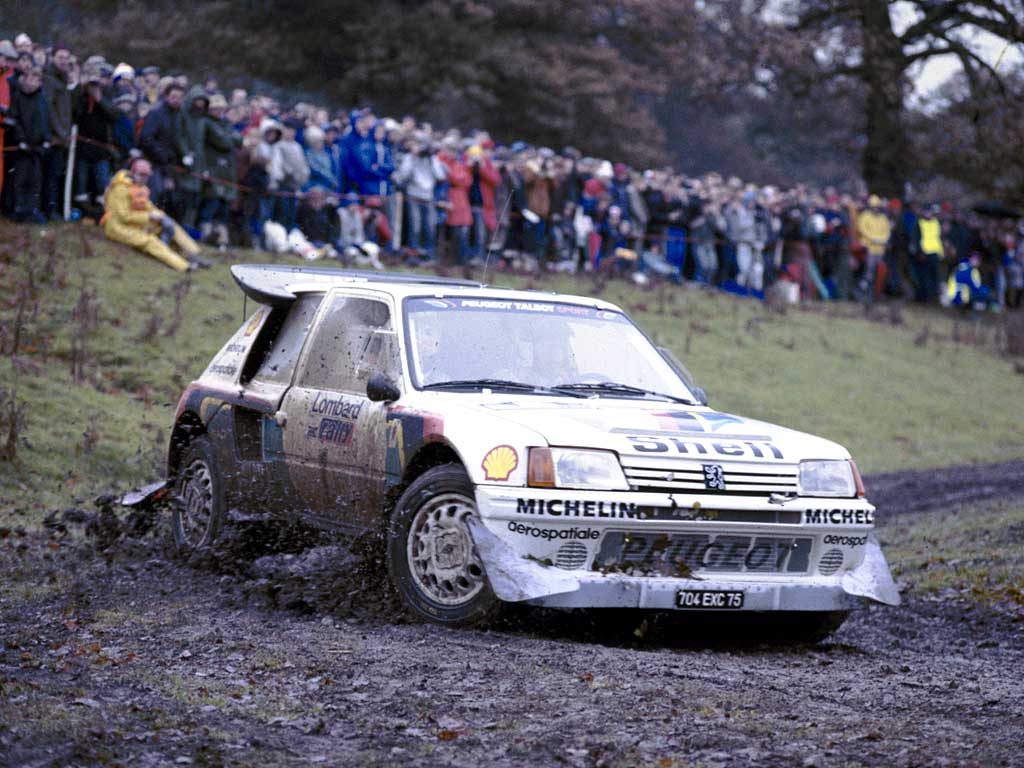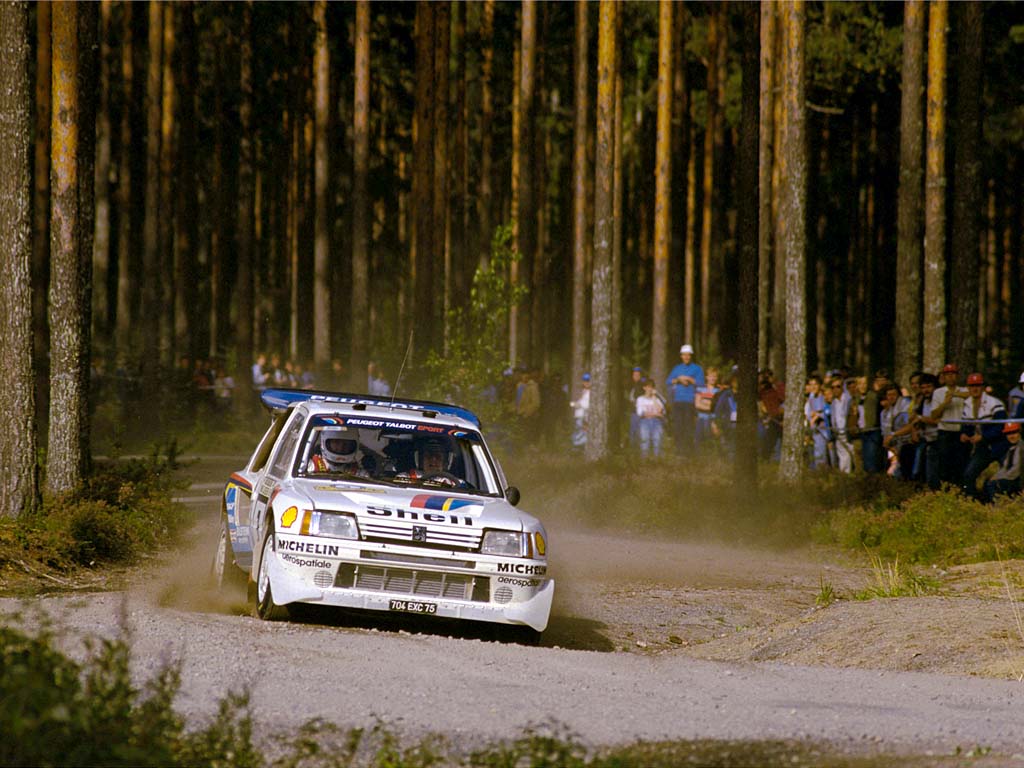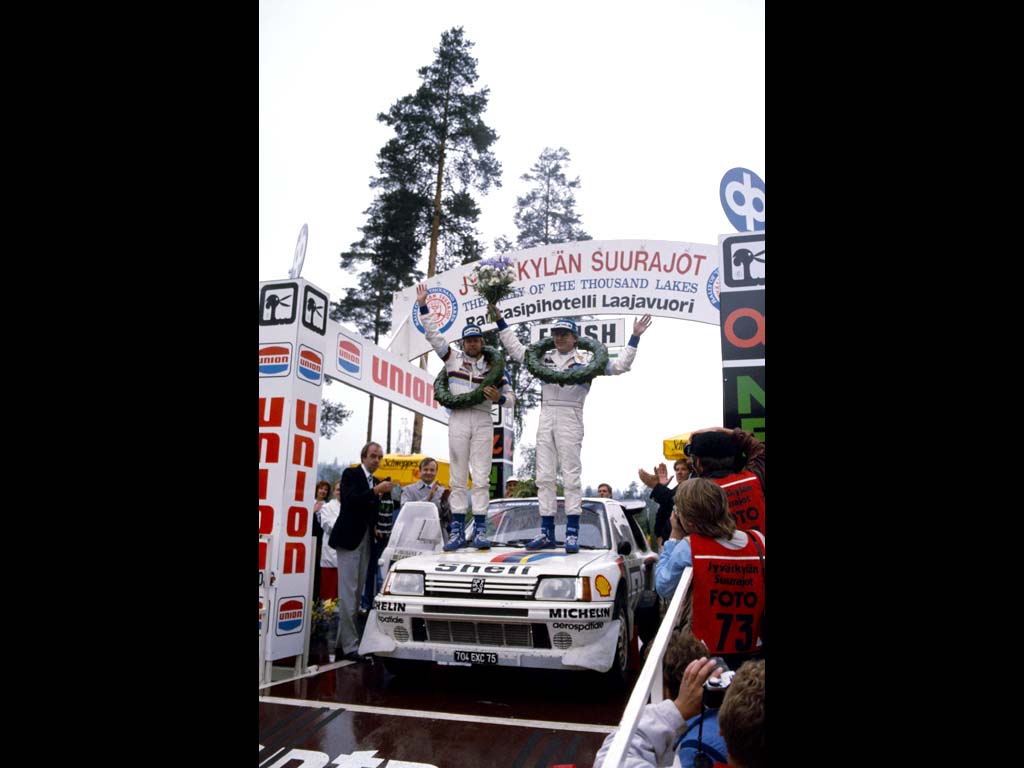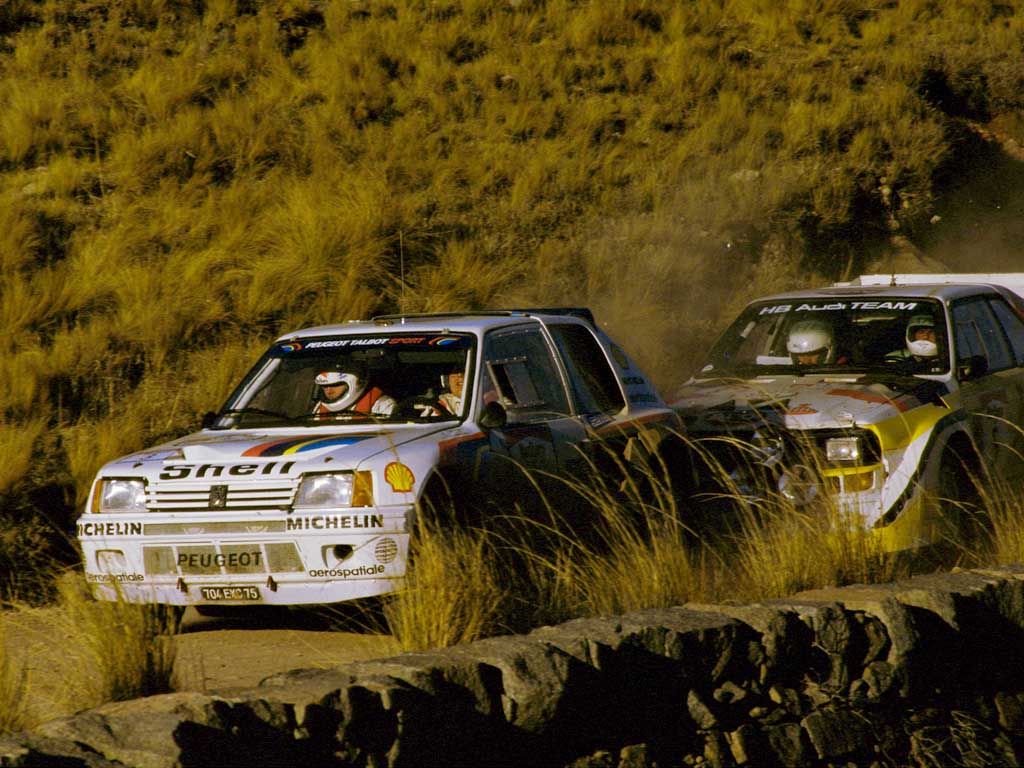1985 Peugeot 205 T16 Group B
In the early eighties rallying had a much different pace than it does today. A new catagory called Group B was created in 1983. It was intended for manufacturer’s to show of thier engineering talents with little restrictions on design. Most of these cars saw 500 or more horsepower which was far faster than modern day WRC cars. The main requirement of Group B was 200 homologated road-going examples. Tweaked evolution versions only required twenty cars. This made Group B cars increase performance and speed at a rapid pace. Soon wings would be neccessary to keep the cars on the track.
First on the scene was Audi which introducted four-wheel-drive to the rally scene with the Quattro. Audi dominated the Group B scene from early on. The Quatro was joined by other Group B cars such as the Lancia 037.It was not until 1984, that the Audi and similar front-engined cars would face a new challenge. Peugeot. The 1984 Tour de Course saw the debut of the Peugeot 205 T16. This new design practically rendered the Audi and similar designs obsolete. It was a small lightweight car that focused on a mid-engined design.
Under the direction of Jean Todt, the Peugeot 205 T16 became the new king of the hill. After a successfull introductory season, Peugeot took the 1985 and 1986 Manufacturers’ title. Among the competition was the Lancia Delta S4, Ford RS200, Austin-Metro 6R4 and the Audi Quatro S1.
Group B racing came to an end in 1986 with an unfortunate accident involving an Delta S4. Sadly, Lancia lead driver, Henri Toivonen and his co-driver, Sergio Cresto, were killed in a high-speed accident while racing. Group B was instally cancelled for the 1987 season. After Group Bs cancellation, Peugeot used much of their experince developing the 205 T16 for the Paris-Dakar Rally.
In Detail
| submitted by | Richard Owen |
| engine | XU8T Inline-4 |
| aspiration | Garett Turbocharged |
| valvetrain | 4 Valves per Cyl |
| displacement | 1775 cc / 108.3 in³ |
| bore | 83 mm / 3.27 in |
| stroke | 82 mm / 3.23 in |
| compression | 7.0:1 |
| power | 316.2 kw / 424 bhp @ 7500 rpm |
| specific output | 238.87 bhp per litre |
| bhp/weight | 467.48 bhp per tonne |
| torque | 490.81 nm / 362.0 ft lbs @ 5500 rpm |
| driven wheels | 4WD |
| front brakes | Vented Discs w/4-Pot Calipers |
| f brake size | mm / in |
| rear brakes | Vented Discs w/4-Pot Calipers |
| r brake size | mm / in |
| steering | Rack & Pinion |
| f suspension | Wishbones w/Bilstein Shocks |
| r suspension | Wishbones w/Bilstein Shocks |
| curb weight | 907 kg / 2000 lbs |
| wheelbase | 2540 mm / 100.0 in |
| length | 3825 mm / 150.6 in |
| width | 1674 mm / 65.9 in |
| transmission | 5-Speed |
| gear ratios | :1 |



